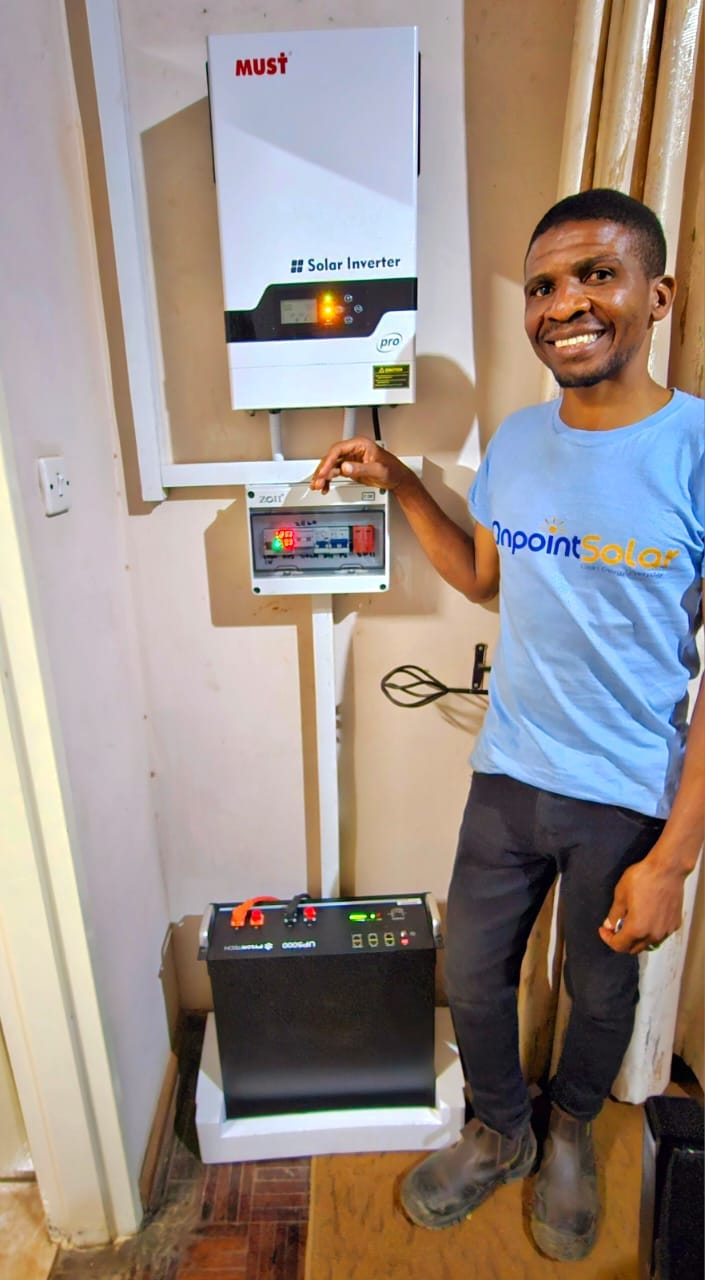Why Initial Investment in a Solar System is Substantial in Zimbabwe: A Deep Dive
Zimbabwe, a nation grappling with intermittent electricity supply and fluctuating economic conditions, presents a unique challenge for those considering investing in solar energy systems. While the long-term benefits of solar power are undeniable – reduced electricity bills, environmental sustainability, and energy independence – the initial investment cost can seem daunting. This blog post will delve into the factors contributing to the substantial upfront cost of solar systems in Zimbabwe, exploring both economic and logistical complexities.
1. Importation Costs and Tariffs:
One of the most significant contributors to the high cost is the reliance on imported components. Zimbabwe’s solar energy industry, while growing, heavily depends on importing solar panels, inverters, batteries, mounting structures, and other crucial components. These imports are subject to various taxes, customs duties, and import levies, significantly inflating the final price. Fluctuations in international exchange rates further exacerbate this issue, making accurate cost projections challenging and leading to price volatility. The lack of substantial domestic manufacturing capabilities limits the potential for economies of scale and competitive pricing.
**2. Currency Volatility and Inflation:**
Zimbabwe’s history of hyperinflation and currency instability plays a crucial role. The Zimbabwean dollar’s fluctuating value against major currencies like the US dollar, Euro, and South African Rand directly impacts the cost of imported solar equipment. Importers often price their goods in hard currency, increasing the local price dramatically when the Zimbabwean dollar depreciates. The high inflation rate further erodes purchasing power, making even reasonably priced systems seem unaffordable to many. This uncertainty makes long-term financial planning for solar installations difficult, deterring potential investors.
**3. High Financing Costs:**
Securing financing for solar installations can be expensive in Zimbabwe. Interest rates on loans are often high, making repayments burdensome for individuals and businesses. The limited availability of specialized financing options for renewable energy projects further compounds this issue. Many banks and financial institutions lack the expertise or risk appetite to offer competitive loans for solar installations, leaving potential buyers reliant on less favorable terms. The lack of government subsidies or incentives for solar adoption also limits the accessibility of affordable financing options.
**4. Transportation and Logistics:**
The cost of transporting solar equipment from ports of entry to installation sites contributes to the overall expense. Zimbabwe’s infrastructure challenges, including poor road networks and limited access to certain areas, lead to increased transportation costs. Logistical hurdles, such as customs clearance delays and bureaucratic inefficiencies, further add to the expenses. These costs are ultimately passed on to the consumer, impacting the final price of the solar system.
**5. Installation Labor and Expertise:**
While the solar installation industry is developing, the scarcity of skilled technicians and qualified installers contributes to higher labor costs. The need for specialized knowledge and expertise in designing, installing, and maintaining solar systems necessitates employing skilled professionals, whose services command a premium. This lack of skilled labor also limits the speed at which solar installations can be completed, potentially impacting overall project costs.
**6. System Sizing and Customization:**
The optimal size and configuration of a solar system depend on individual energy needs. A customized system designed to meet specific requirements often costs more than a standardized, off-the-shelf solution. Factors such as household energy consumption, appliances used, and desired level of energy independence all influence system design and cost. Accurate energy audits and professional consultations, which are often necessary to determine the right system size, contribute to the overall investment.
**7. Maintenance and After-Sales Service:**
The ongoing maintenance and potential repair costs of a solar system should also be considered. While solar systems are generally low-maintenance, occasional repairs or replacements of components might be necessary. The cost of obtaining these services, along with the availability of qualified technicians for maintenance and repairs, should be factored into the long-term investment calculation. The lack of a robust after-sales service network can be a deterrent to potential buyers concerned about the longevity and reliability of their investment.
**Conclusion:**
The substantial initial investment required for a solar system in Zimbabwe is a complex issue stemming from a combination of import dependencies, economic instability, limited financing options, logistical challenges, and a developing solar industry. However, despite these challenges, the long-term benefits of solar energy – reduced electricity bills, environmental protection, and energy independence – make it a worthwhile investment for many Zimbabweans. Addressing the underlying factors contributing to the high cost through government policies promoting domestic manufacturing, improving infrastructure, fostering financial incentives, and investing in workforce development is crucial to making solar energy more accessible and affordable for the wider population. Ultimately, the high initial investment represents an upfront cost that translates into significant long-term savings and a more secure energy future.

